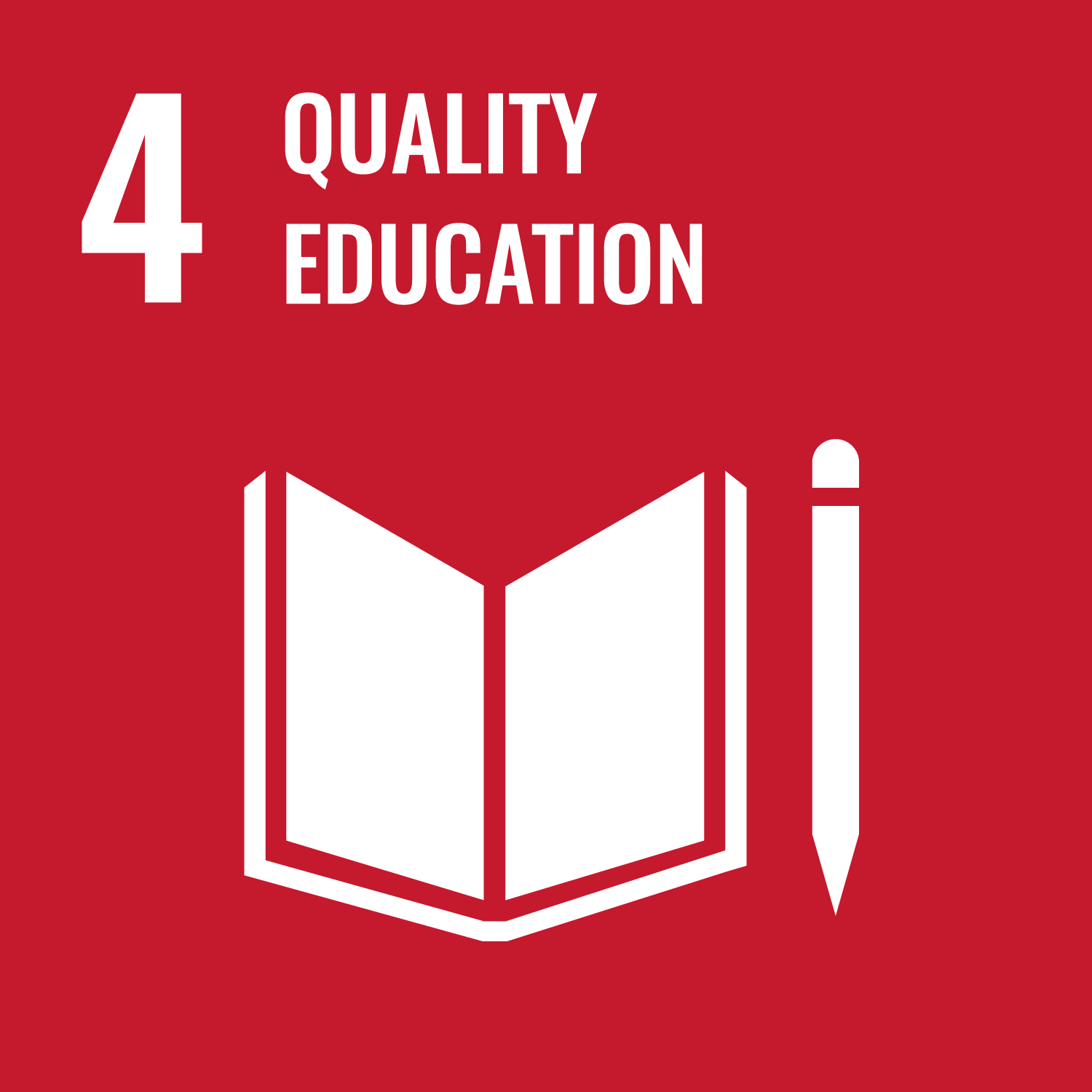SDGs Goal 4 Quality Education
SDGs Goal 4 is "Quality Education" - Ensure inclusive and equitable quality education and promote lifelong learning opportunities for all
Quality Education
SDGs Goal 4 is “Quality Education” -Ensure inclusive and equitable quality education and promote lifelong learning opportunities for all.
Education enables upward socioeconomic mobility and is a key to escaping poverty. Over the past decade, major progress was made towards increasing access to education and school enrollment rates at all levels, particularly for girls. Nevertheless, about 260 million children were still out of school in 2018 — nearly one fifth of the global population in that age group. And more than half of all children and adolescents worldwide are not meeting minimum proficiency standards in reading and mathematics.
In 2020, as the COVID-19 pandemic spread across the globe, a majority of countries announced the temporary closure of schools, impacting more than 91% of students worldwide. By April 2020, close to 1.6 billion children and youth were out of school. And nearly 369 million children who rely on school meals needed to look to other sources for daily nutrition.
Never before have so many children been out of school at the same time, disrupting learning and upending lives, especially the most vulnerable and marginalised. The global pandemic has far-reaching consequences that may jeopardize hard won gains made in improving global education.
Before the coronavirus crisis, projections showed that more than 200 million children would be out of school, and only 60% of young people would be completing upper secondary education in 2030.
Before the coronavirus crisis, the proportion of children and youth out of primary and secondary school had declined from 26% in 2000 to 19% in 2010 and 17% in 2018.
More than half of children that have not enrolled in school live in sub-Saharan Africa, and more than 85% of children in sub-Saharan Africa are not learning the minimum
617 million youth worldwide lack basic mathematics and literacy skills.
Some 750 million adults – two thirds of them women – remained illiterate in 2016. Half of the global illiterate population lives in South Asia, and a quarter live in sub-Saharan Africa.
In 10 low- and middle-income countries, children with disabilities were 19% less likely to achieve minimum proficiency in reading than those without disabilities.
4 million refugee children were out of school in 2017
https://www.un.org/sustainabledevelopment/education/
What’s been suggested?
Goal 4 Quality Education has got the following 10 targets (https://www.un.org/sustainabledevelopment/education/).
4.1 By 2030, ensure that all girls and boys complete free, equitable and quality primary and secondary education leading to relevant and Goal-4 effective learning outcomes
4.2 By 2030, ensure that all girls and boys have access to quality early childhood development, care and preprimary education so that they are ready for primary education
4.3 By 2030, ensure equal access for all women and men to affordable and quality technical, vocational and tertiary education, including university
4.4 By 2030, substantially increase the number of youth and adults who have relevant skills, including technical and vocational skills, for employment, decent jobs and entrepreneurship
4.5 By 2030, eliminate gender disparities in education and ensure equal access to all levels of education and vocational training for the vulnerable, including persons with disabilities, indigenous peoples and children in vulnerable situations
4.6 By 2030, ensure that all youth and a substantial proportion of adults, both men and women, achieve literacy and numeracy
4.7 By 2030, ensure that all learners acquire the knowledge and skills needed to promote sustainable development, including, among others, through education for sustainable development and sustainable lifestyles, human rights, gender equality, promotion of a culture of peace and non-violence, global citizenship and appreciation of cultural diversity and of culture’s contribution to sustainable development
4.A Build and upgrade education facilities that are child, disability and gender sensitive and provide safe, nonviolent, inclusive and effective learning environments for all
4.B By 2020, substantially expand globally the number of scholarships available to developing countries, in particular least developed countries, small island developing States and African countries, for enrolment in higher education, including vocational training and information and communications technology, technical, engineering and scientific programmes, in developed countries and other developing countries
4.C By 2030, substantially increase the supply of qualified teachers, including through international cooperation for teacher training in developing countries, especially least developed countries and small island developing states
Why that’s important?
The link above also had got a brief report Why It Matters
Education enables upward socioeconomic mobility and is a key to escaping poverty.
Education helps reduce inequalities and reach gender equality and is crucial to fostering tolerance and more peaceful societies.
How far are we?
In addition to “Why It Matters” above, Progress and Info is updated for each year and Sustainable Development Goals Report shows the key points of the latest situation and prograss related to Goal 4.
COVID-19 has wiped out 20 years of education gains. An additional 101 million or 9% of children in grades 1 through 8 fell below minimum reading proficiency levels in 2020.
Progress to ensure that all children complete primary and secondary school has been slow. Between 2010 and 2019, the global primary and secondary school completion rates increased from 82% to 85% and from 46% to 53%, respectively.
In sub-Saharan Africa, the primary completion rate rose from 57% in 2010 to 64% in 2019, while the secondary rate grew from 26% to 29%, leaving that region furthest behind.
Building back better from the crisis can start with basic school infrastructure, which is sorely lacking in many countries - Data from 2016 to 2019 show that, globally, more than a fifth of primary schools lacked access to basic drinking water or single-sex toilets, more than a third lacked basic handwashing facilities, and one in four did not have electricity.
…Again, I will read studies and reports relevant to this goal and keep updating this post or even write an individual post for each subtopic!

